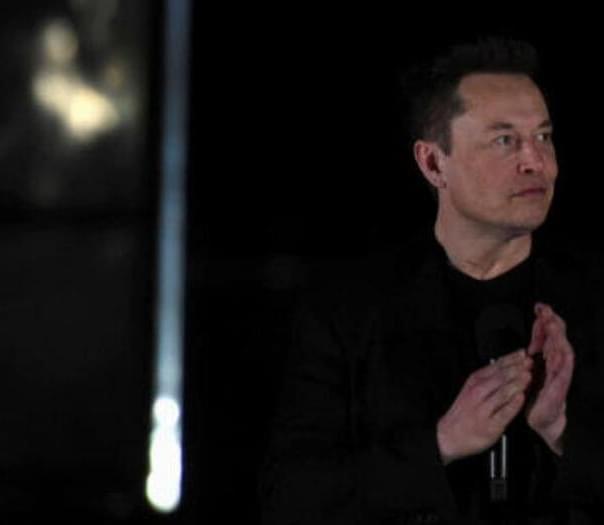Scientists say microscopic wormholes could explain discrepancies in cosmological constants and affect our understanding of quantum mechanics and dark energy.
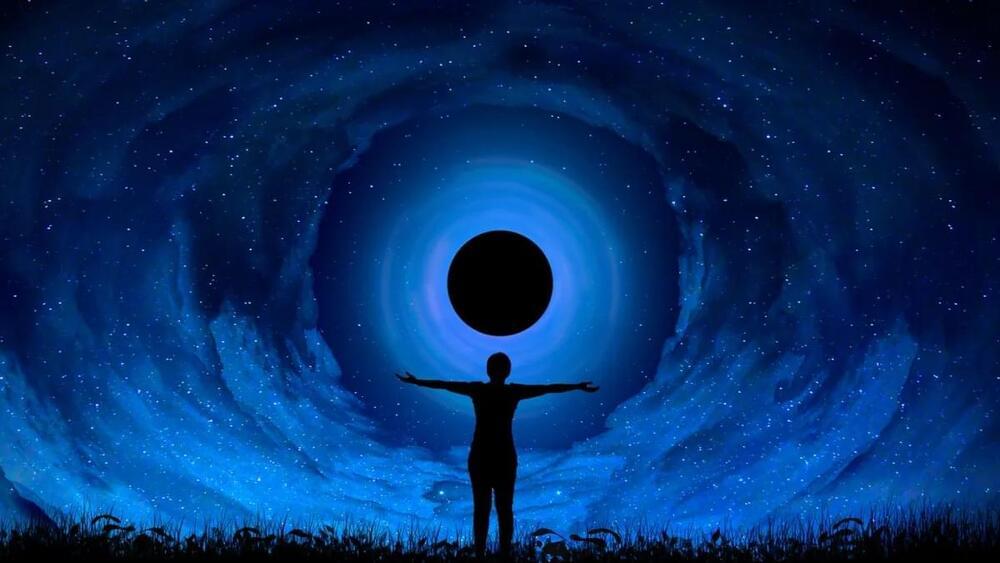


Researchers at Leibniz University Hannover have developed a technology for transmitting entangled photons through optical fibers, which could enable the integration of quantum and conventional internet, promising enhanced security and efficient use of existing infrastructure.
A team of four researchers from the Institute of Photonics at Leibniz University Hannover has developed an innovative transmitter-receiver system for transmitting entangled photons via optical fiber.
This breakthrough could enable the next generation of telecommunications technology, the quantum Internet, to be routed via optical fibers. The quantum Internet promises eavesdropping-proof encryption methods that even future quantum computers cannot decrypt, ensuring the security of critical infrastructure.
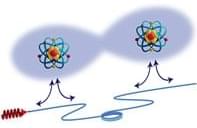
Popular Summary.
Remote entanglement is crucial for quantum computing, sensing, and communication. Traditional methods for entanglement generation often depend on direct interactions between quantum bits (qubits) or the exchange of entangled photons. In this study, we demonstrate an alternative approach, where we create and preserve entanglement between two noninteracting qubits through dissipation into a shared waveguide.
While dissipation is typically viewed as detrimental, tailored dissipation can be harnessed to drive a system into complex quantum states while actively protecting it from decoherence. This approach, known as autonomous stabilization, has been previously used to create entanglement. However, entanglement stabilization has been confined to short distances due to the challenge of engineering shared dissipation between remote sites. Our experiment overcomes this challenge by employing an open waveguide as a one-dimensional photonic bath. We demonstrate that, under appropriate conditions, the interference of photons emitted into a waveguide from two qubits can stabilize them in an entangled stationary state when the qubits are strongly driven. Crucially, we can reconstruct the entangled state despite significant waveguide-induced dissipation by measuring the emitted photons. Our demonstration is made possible by precise control over qubit frequencies and efficient qubit-waveguide interfaces in superconducting circuits.
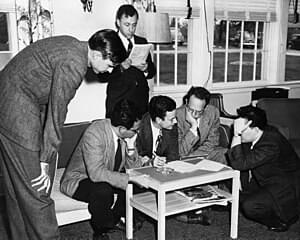
Eminent physicists assemble to discuss quantum enigmas.
John von Neumann, John Wheeler, Hans Bethe, Robert Serber, Robert Marshak, Abraham Pais, J. Robert Oppenheimer, David Bohm, and Richard Feynman at the Shelter Island Conference of 1947:
https://repository.aip.org/islandora/object/nbla%3A310818…
The first Shelter Island Conference on the Foundations of Quantum Mechanics was held from June 2–4, 1947 at the Ram’s Head Inn in Shelter Island, New York. Shelter Island was the first major opportunity since Pearl Harbor and the Manhattan Project for the leaders of the American physics community to gather after the war. As Julian Schwinger would later recall, “It was the first time that people who had all this physics pent up in them for five years could talk to each other without somebody peering over their shoulders and saying, ‘Is this cleared?’”
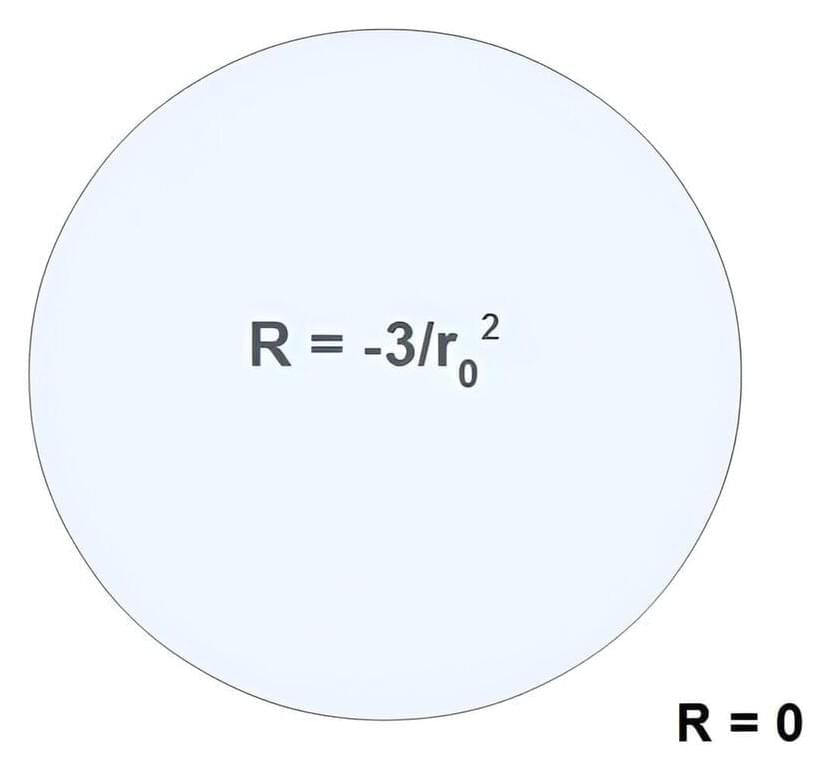
Neutron stars are timelike matter with a maximum mass of about 2.34 solar masses in quantum chromodynamics (the strong color force). Black holes are spacelike matter that have no maximum mass, but a minimum mass of 2.35 solar masses. Indeed, black holes have been identified with millions or billions of solar masses.
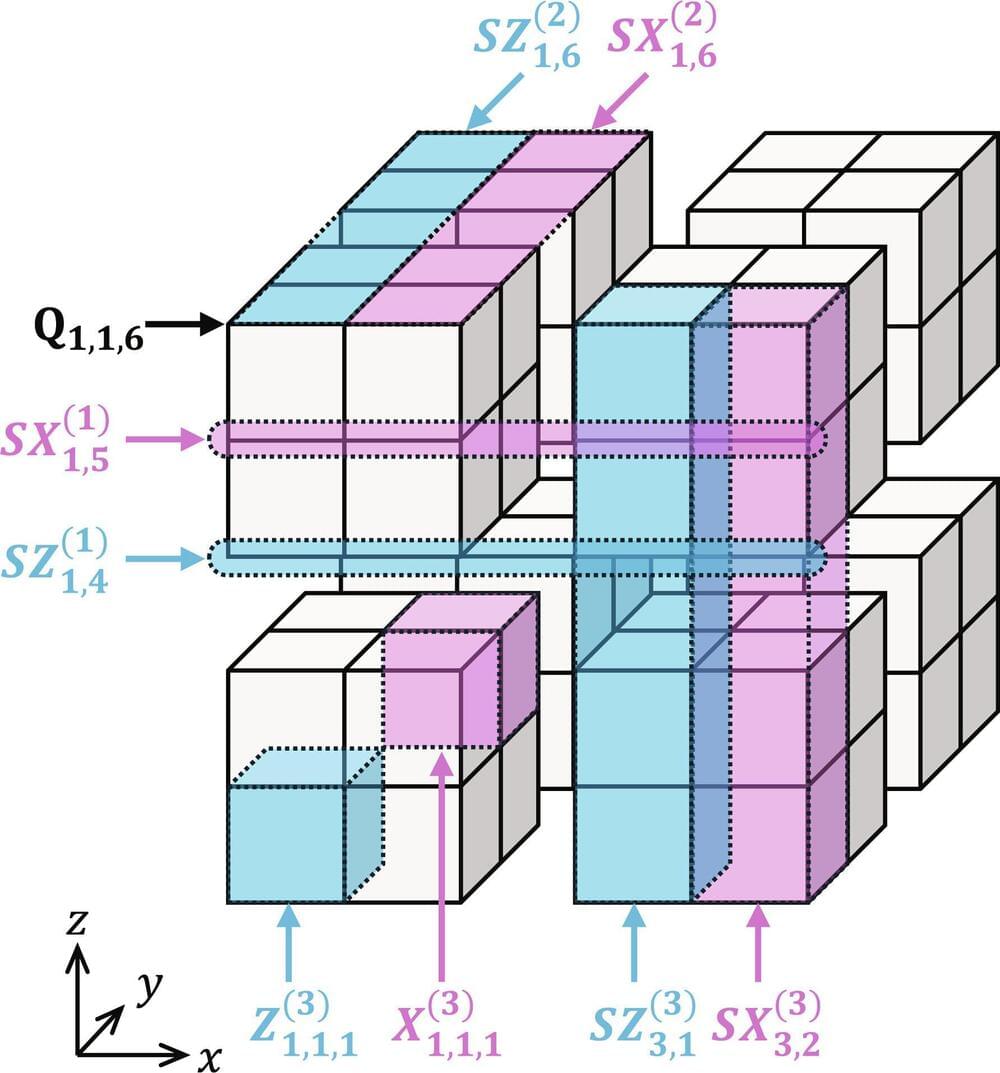
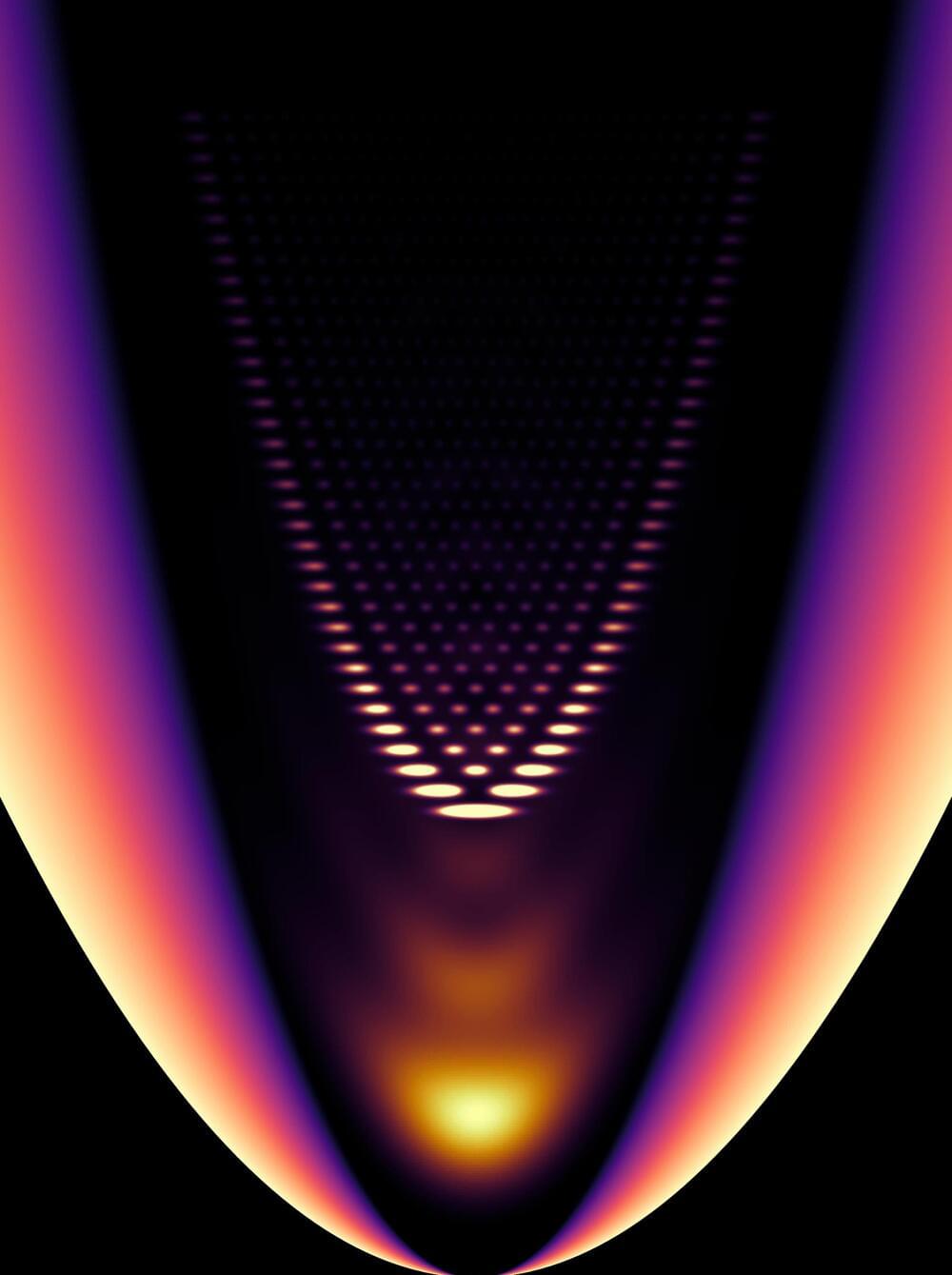
Physicists at the University of Bonn and the University of Kaiserslautern-Landau (RPTU) have created a one-dimensional gas out of light. This has enabled them to test theoretical predictions about the transition into this exotic state of matter for the first time. The method used in the experiment by the researchers could be used for examining quantum effects. The results have been published in Nature Physics.

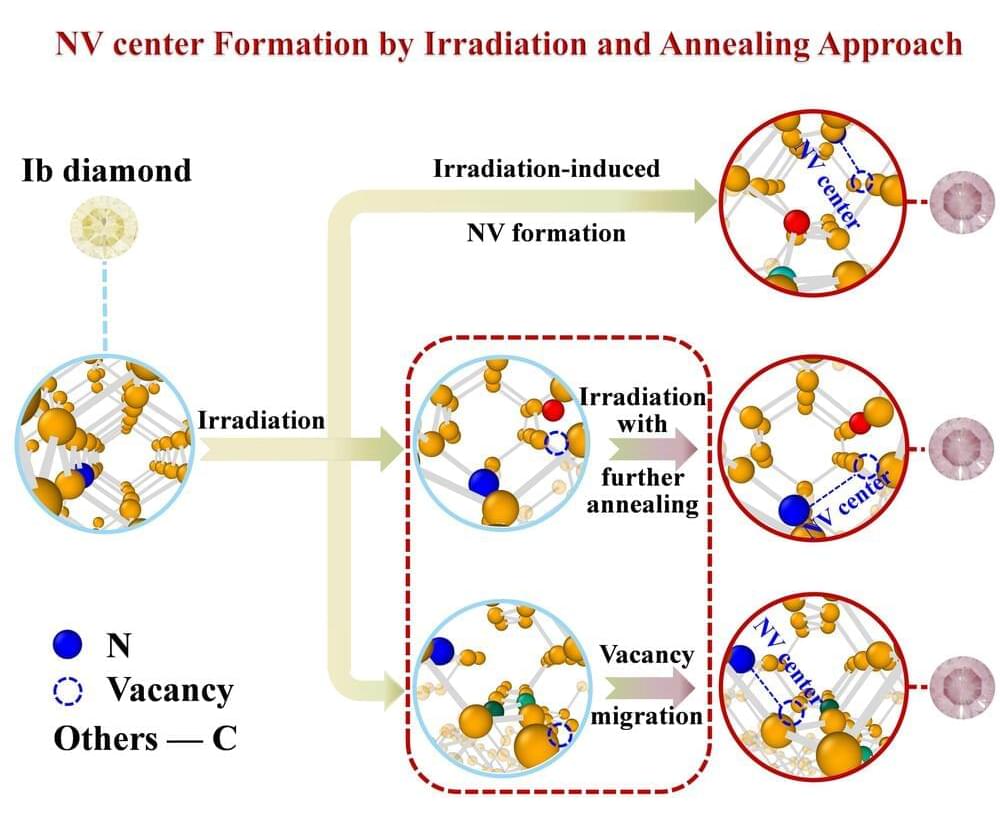
Research teams from Wuhan University and the China University of Geosciences (Wuhan) have revealed new insights into the formation mechanism of nitrogen-vacancies (NV) centers in type-Ib diamonds, a phenomenon critical to quantum sensing and computing advancements. Using a novel irradiation and annealing method, the teams demonstrated how controlled temperature and orientation can significantly increase the density and depth of NV centers, paving the way for new applications in biological imaging and quantum technologies.
